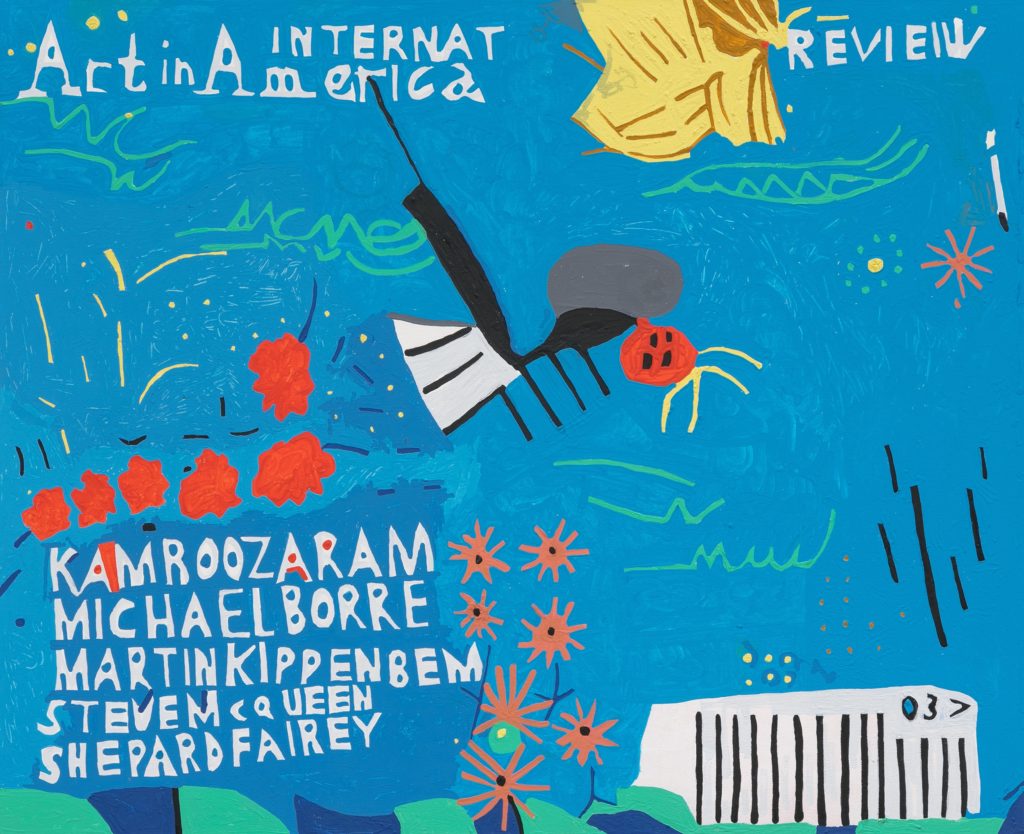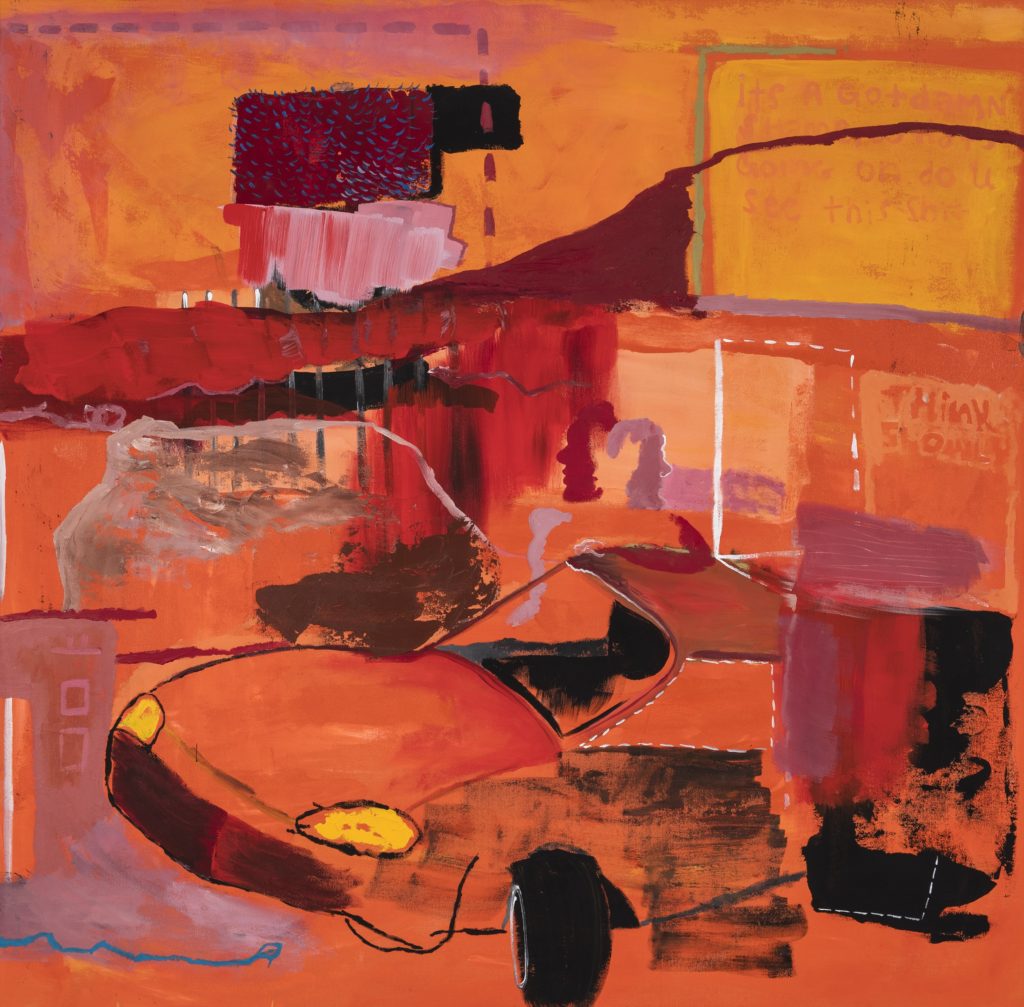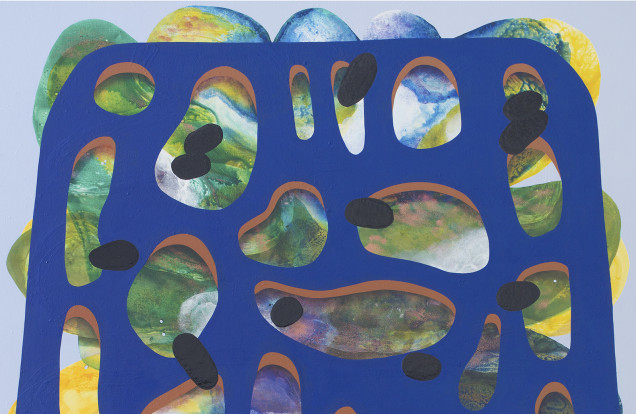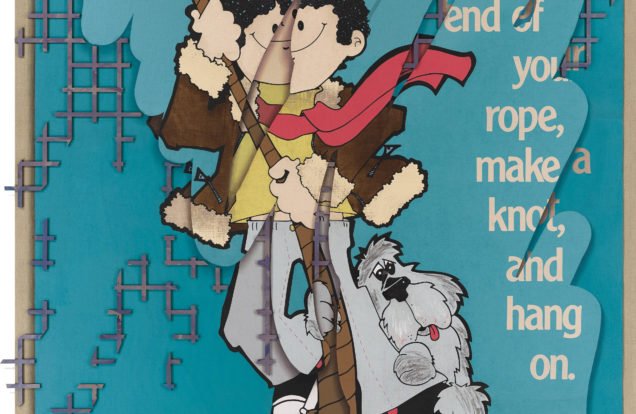A New American Landscape
The 2019 Whitney Biennial

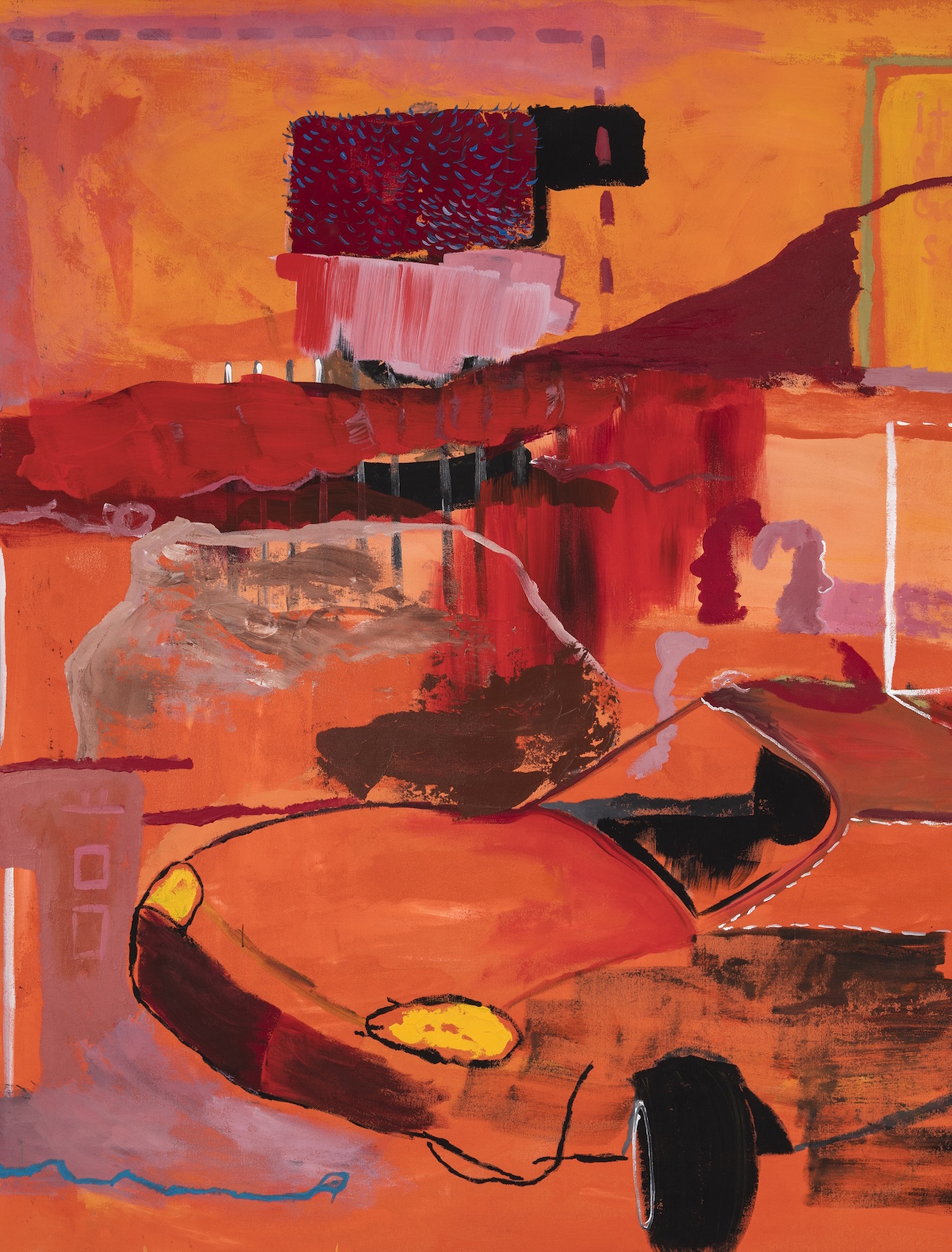
Whether you love it or hate it, the Whitney Biennial is back for its 2019 iteration. This year, Whitney curators Rujeko Hockley and Jane Panetta have put together a sprawling show that is in dialogue with the tense cultural and political moment we are confronting in the United States and around the world. However, despite that hefty prompt, this show is actually packaged in such a way that feels subdued until closer inspection. While politics reign, the work on display all have some engrained form of intimacy, tactility, and vulnerability.
Many of the artists in the show seem to be coming from a distinctly personal point of view. Rather than a collective reaction to the present moment, the group of artists assembled seem to each have distinct and individualized ways of processing and seeing the world today. For example, artists like Laura Ortman takes her cultural history stemming from the Apache people and juxtaposes it next to contemporary violin scores, art, and dance. Suddenly, history and the present feel more nuanced, colorful, and transformed. Alexandra Bell’s work also uses the past as material, but it works more overtly as a mirror for today’s politics. Using copies of New York newspapers, Bell edits down specific pages to show the aggressive and racist coverage of the Central Park jogger case. The artist’s project includes a full page ad that Donald Trump took out in the major papers demanding that the Central Park Five be put to death. These black and Latino men would later be found innocent.
This exhibition is elegant in execution and subtle in its political messaging, and this may cause some to consider this Biennial too tame. However, what the exhibition lacks in a unified voice, it has a wide and diverse breadth in spades. The Whitney Biennial is almost always polarizing, but one must admit it never fails to capture the art-going public’s attention and imagination.



